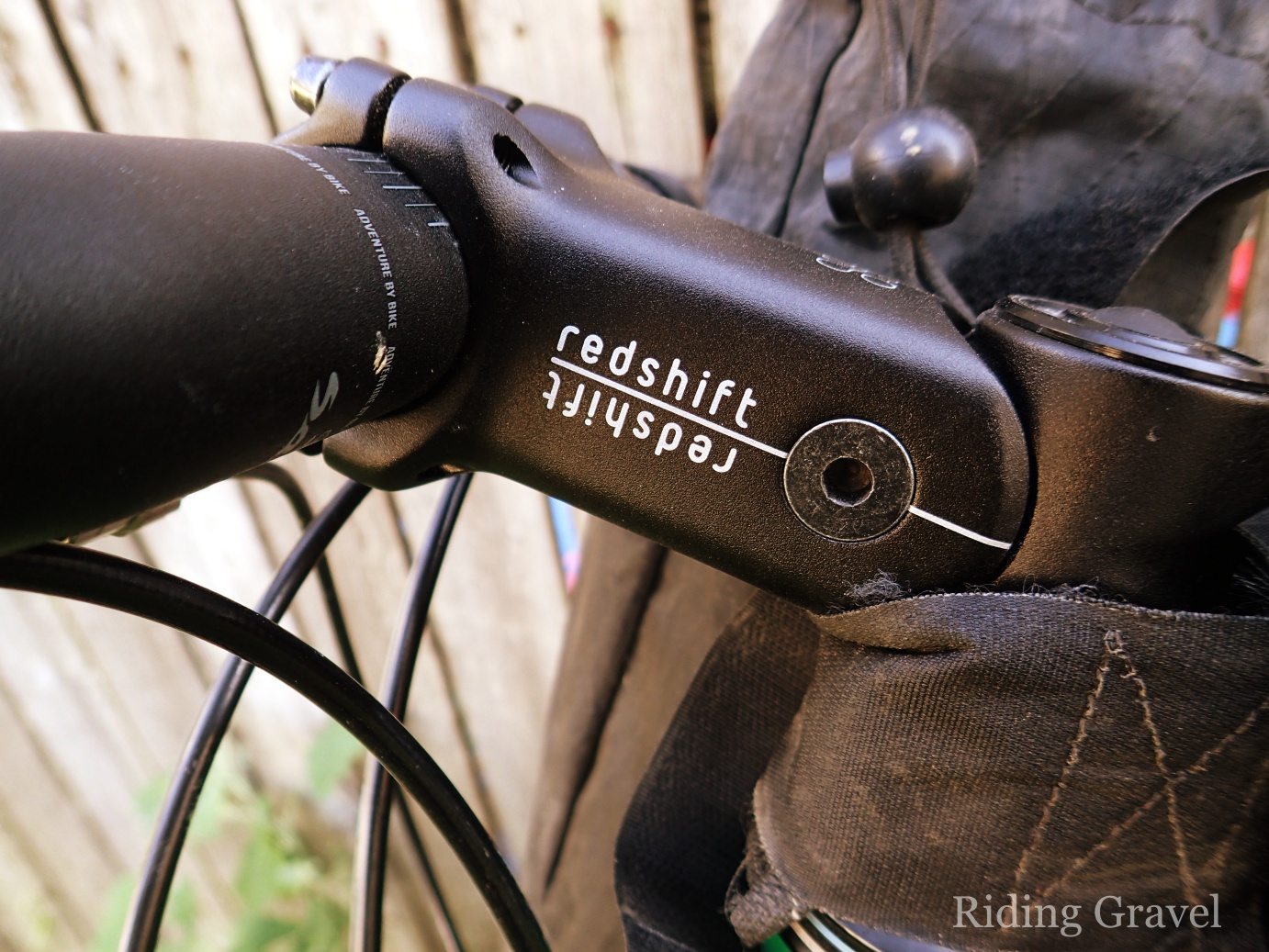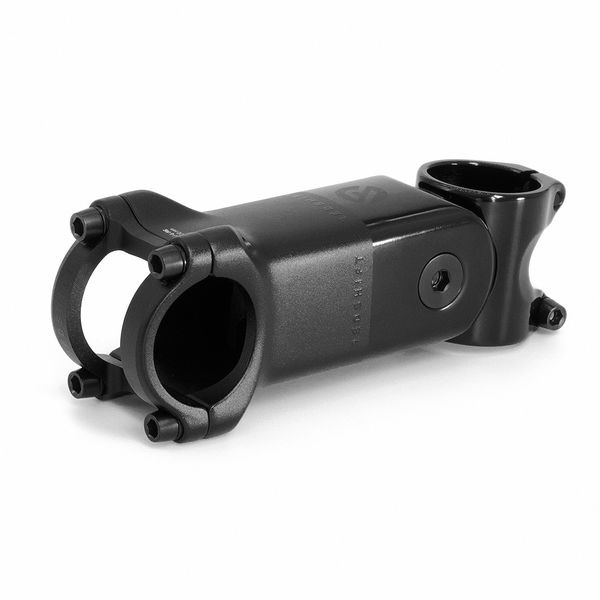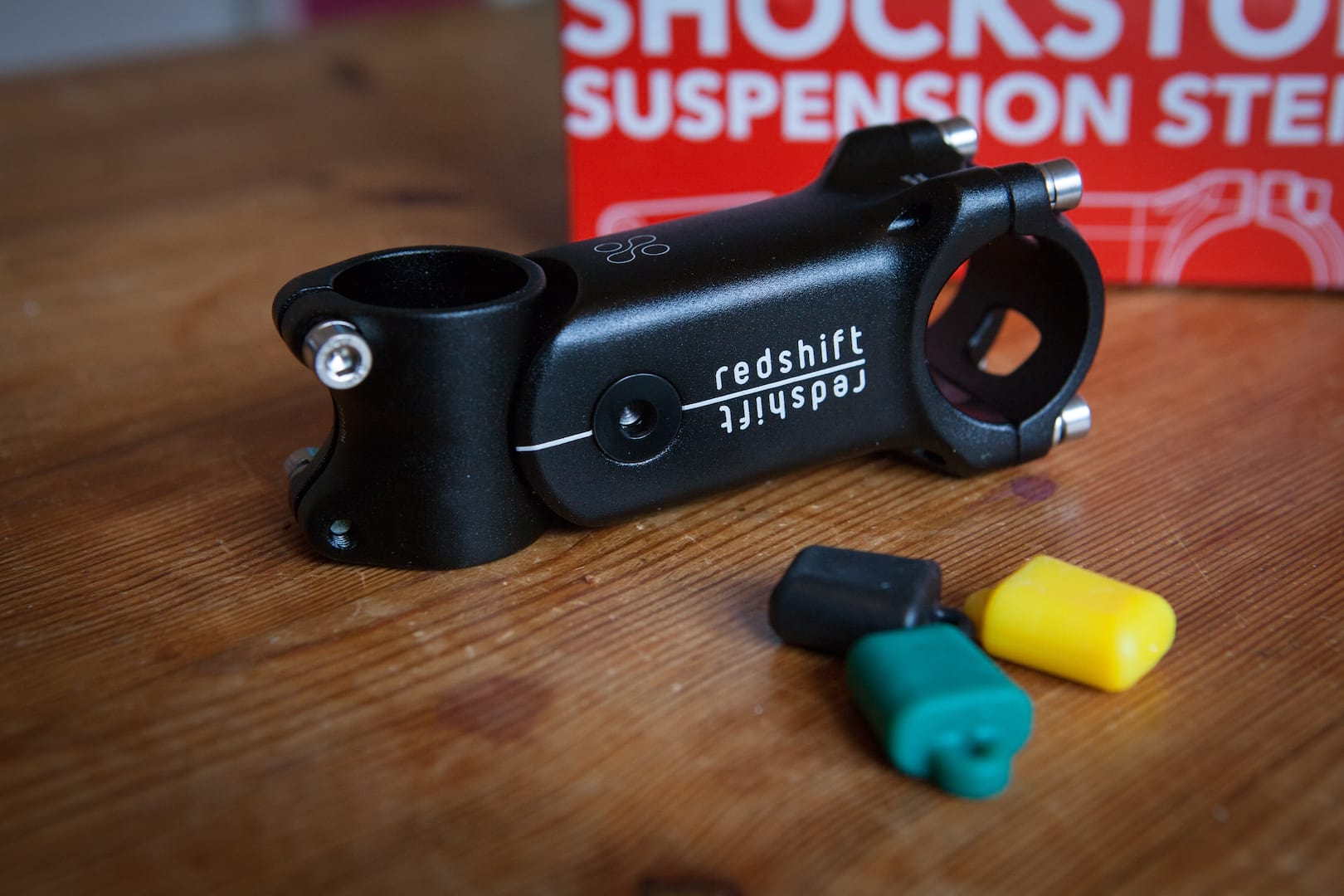

It’s fairly flat and sinuous with several narrow sections between trees. I’d chosen a single-track test route through the local woods. I suspect that these were at the limit of the benefits the stem can bring. Once I’d moved onto the landrover tracks, which were considerably more pitted & rutted, the effect of the stem seemed less. On the tarmac, the stem absorbed the road buzz and took the edge off the shallow potholes. The was a bit of rotation on the hoods when braking hard, but little movement when spiriting out of the saddle. Initial impressions were that, although there was some vertical movement, the stem didn’t feel very different to a normal rigid one. I tested the stem on a variety of roads in my local area – smooth tarmac, rougher tarmac with shallow potholes, rough landrover trails and some single track through the local woods. Redshift reckon there should be 20 mm of movement and this seems pretty much spot-on. The bike had Fulcrum Racing 700 wheels with Vittoria Revolution 35 mm tyres, inflated to 4 bar with conventional inner tubes.Īfter fitting, the stem had a small amount of movement when applying weight to the bars. Since the tyre choice and pressure can have a significant effect on ride quality, I kept the same setup through the test. I fitted the stem to my Planet-X Tempest Gravel Bike. After that, it’s a case of refitting the handlebars and the faceplate. Fitting the preload wedge was a little tricky, with slight pressure required on the stem to align the bolt with the threads. Changing the elastomers is pretty easy, although it’s not something you’d want to do on the trail or at the roadside. I fitted the inserts for the 70-84kg category, figuring that I could change these later if the ride quality wasn’t what I wanted (I’m towards the top end of that range).

The number & type are adjusted for the rider’s weight and for the ride quality. Once the stem was fitting to the steerer, it was time to fit the elastomer inserts – there are a few dire warnings in the instructions about not doing this before fitting the stem. Fittingįitting the ShockStop was fairly straightforward – remove the existing stem and fit new. A table in the instruction sheet details the combination of inserts used, depending on the rider’s weight. It’s constructed from 6016 aluminium, and comes with some elastomer inserts, which look a lot like Opal Fruit sweets (or Starburst for the younger amongst you). The steerer clamp and the actual stem part are joined with a pivot bolt at the steerer end, with sealed cartridge bearings. The ShockStop looks pretty much like a normal stem, just a little chunkier with a squarer cross-section. Not a big deal on a gravel bike weighing 10 kg, but something to bear in mind if you’re weight conscious. Popping it on the scales, it came in at 280 grammes, exactly twice the weight of the stem it replaced. My initial impression was “wow, this is heavy”. Despite some initial trepidations, I whipped out my credit card and ordered one. Looking to smooth the ride on my gravel bike a bit, I investigated the Redshift ShockStop. With the surge in gravel biking in the past few years, interest has been rekindled with models such as the XLC Anti-Shock stem and the Redshift ShockStop. And suspension stems have certainly been around since the start of the mountain bike era, with designs such as the Girvin Flexstem and the Softride Suspension Stem, although these didn’t meet with total success.

Suspension on bikes has been around probably as long as the bike itself.


 0 kommentar(er)
0 kommentar(er)
